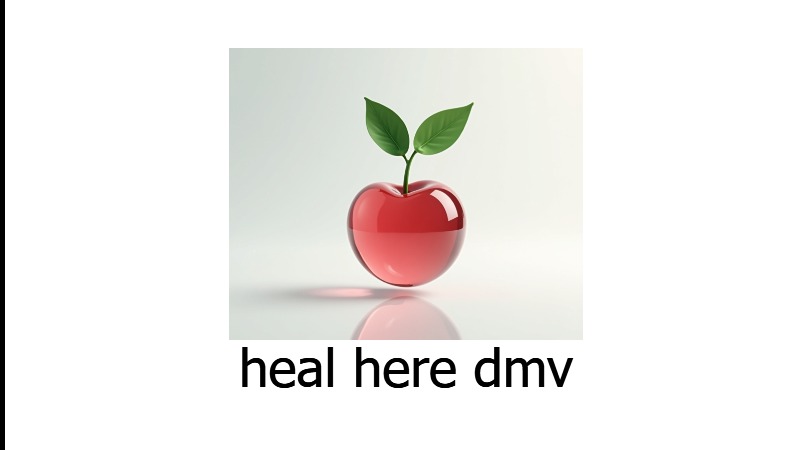
The Hidden Struggles of Mental Health Care
The joys and trials of seeking mental health care can range from empowerment to feelings of manipulation. Particularly concerning is the often-overlooked aspect of informal coercion in psychiatric settings. When individuals seek help during their most vulnerable moments, they should encounter support, compassion, and respect. Unfortunately, too many find themselves under pressure to conform to treatment options that may not feel right for them.
This idea of informal coercion, while less talked about than formal coercion, highlights the importance of ethical practices within mental health care. Informal coercion occurs without the visible markers of physical restraint or formal legal dictates; it is subtler and often masked as advice or persuasion. Yet, research shows that this approach can diminish patients’ feelings of autonomy and safety, which are crucial for effective mental health recovery.
Understanding Informal Coercion in Psychiatry
A 2025 scoping review conducted by Beeri and colleagues sought to map out the complexities surrounding informal coercion in inpatient mental health settings. By scrutinizing over 4,000 peer-reviewed papers, the team identified 29 that provided insight into how this phenomenon is perceived by both patients and staff alike.
Interestingly, some medical professionals see informal coercion as a 'necessary evil' that occasionally allows for progress in treatment by nudging patients towards compliance. Yet, this raises the question of when assistance turns into manipulation and how this 'grey area' impacts the therapeutic relationship. Additionally, these researchers emphasized the difficulty in measuring informal coercion compared to its more overt counterpart, leaving patients and advocates without sufficient tools or terminology to address such practices.
The Psychological Cost of Coercion
From the patients' perspective, coercion—whether formal or informal—leads to a profound sense of powerlessness. Patients frequently describe feelings of confusion and frustration when decisions are made for them instead of collaboratively. This lack of agency is particularly damaging in settings that focus on recovery. Studies cited in Beeri's review indicate that coercion breeds an environment rife with mistrust, ultimately undermining the healing atmosphere most patients seek.
Widening the Dialogue on Mental Health Treatments
Addressing the issue of informal coercion requires open discussions among healthcare providers, patients, and mental health advocates. By fostering an environment where patients can voice their discomfort and question the dynamics of power in treatment, the mental healthcare sector can begin to redefine coercion and its implications.
Moreover, patients' voices are essential as they bring about the necessary insights to inform practices. Those struggling with mental health issues might feel isolated in their experiences, but sharing those stories not only empowers individuals but also builds a collective understanding of the challenges within mental healthcare.
Inspirational Voices Against Informal Coercion
It’s important to highlight real-life stories that inspire change. Patients who choose to share their experiences of informal coercion can play a monumental role in informing professionals about the complexities they face. Whether it be a patient who felt pushed toward medication or had their concerns disregarded, these narratives can serve as powerful catalysts for transformation within the mental health community.
Moving Forward: A Call to Action
Understanding informal coercion and actively working to prevent it is essential for creating a more compassionate mental health system. Community support groups that empower those sharing their mental health journeys can help initiate this change. Healthcare providers must learn from each patient's individual circumstances, respecting their right to choose while offering genuine guidance. Collaboration can strengthen the bond between caregiver and patient, creating a conducive environment for healing.
Let's advocate for an approach to mental health care that not only acknowledges but actively works against informal coercion. Together, we can forge a system that prioritizes patient autonomy, respect, and trust, ultimately leading to healthier communities.
 Add Row
Add Row  Add
Add 



Write A Comment